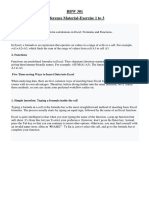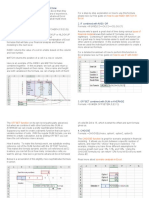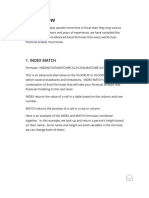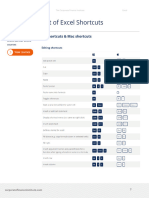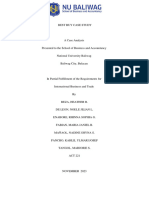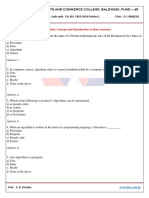0% found this document useful (0 votes)
13 views56 pagesModule 4
Module 4 focuses on mastering Excel for financial analysis, emphasizing the importance of robust formula construction and common mistakes to avoid. It covers essential financial functions, logical functions, and lookup/reference functions, providing examples and best practices for effective formula building. The module aims to enhance users' ability to create accurate and transparent financial analyses using Excel.
Uploaded by
Elle LegaspiCopyright
© © All Rights Reserved
We take content rights seriously. If you suspect this is your content, claim it here.
Available Formats
Download as PDF, TXT or read online on Scribd
0% found this document useful (0 votes)
13 views56 pagesModule 4
Module 4 focuses on mastering Excel for financial analysis, emphasizing the importance of robust formula construction and common mistakes to avoid. It covers essential financial functions, logical functions, and lookup/reference functions, providing examples and best practices for effective formula building. The module aims to enhance users' ability to create accurate and transparent financial analyses using Excel.
Uploaded by
Elle LegaspiCopyright
© © All Rights Reserved
We take content rights seriously. If you suspect this is your content, claim it here.
Available Formats
Download as PDF, TXT or read online on Scribd
/ 56
